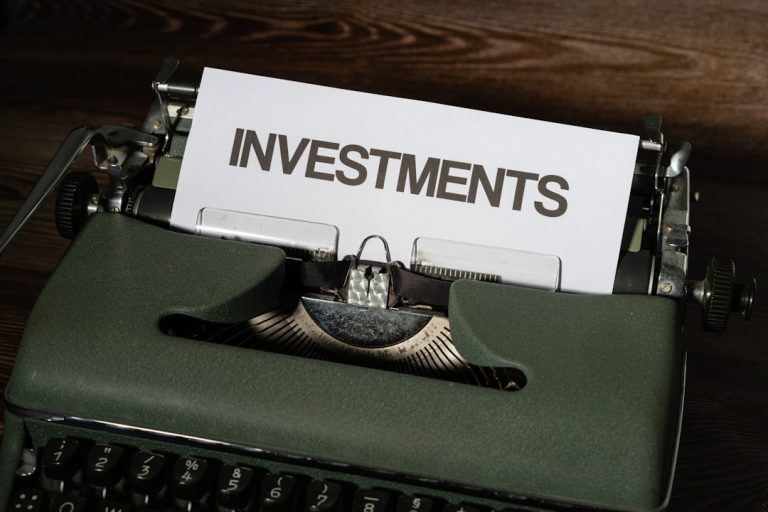Discover effective strategies to reclaim your taxes and enhance your investment returns with EIS and SEIS tax incentives.
Introduction
Investing in early-stage companies through the Enterprise Investment Scheme (EIS) and the Seed Enterprise Investment Scheme (SEIS) offers not only the potential for high returns but also significant tax benefits. These government-backed initiatives aim to stimulate investment in UK startups, providing generous tax reliefs to investors willing to embrace the inherent risks. Understanding how to navigate these schemes can help you maximize your returns and recover taxes paid through strategic investments.
Understanding EIS and SEIS
What Are EIS and SEIS?
The Enterprise Investment Scheme (EIS) and the Seed Enterprise Investment Scheme (SEIS) are UK government initiatives designed to encourage investment in smaller, high-risk companies. EIS targets more established startups, allowing investors to invest up to £1 million per tax year, while SEIS is geared towards very early-stage companies, permitting investments of up to £100,000 per tax year.
Benefits of EIS and SEIS
Both schemes offer significant tax reliefs:
– EIS: Provides up to 30% income tax relief on investments.
– SEIS: Offers up to 50% income tax relief on investments.
Additionally, both schemes offer benefits such as capital gains tax deferral and relief from inheritance tax, making them attractive options for tax-efficient investing.
Tax Reliefs Offered
Income Tax Relief
Investors can claim income tax relief based on their investment in EIS or SEIS:
– EIS: 30% income tax relief on the amount invested.
– SEIS: 50% income tax relief on the amount invested.
For instance, investing £10,000 in SEIS could reduce your income tax liability by £5,000.
Capital Gains Tax Deferral
Both EIS and SEIS allow you to defer capital gains tax by reinvesting the proceeds from a previous asset disposal into an EIS or SEIS qualifying investment. This deferral can enhance your overall investment strategy, providing more capital to invest while postponing tax liabilities.
How to Claim Your Tax Return
Steps to Claim Income Tax Relief
- Receive the EIS3 or SEIS3 Certificate: After your investment is made and shares are allotted, the company or fund manager will issue a tax certificate.
- Include the Certificate in Your Tax Return: Use the information from the certificate to fill out the relevant sections in your Self-Assessment tax return.
- Carry Back Relief if Applicable: You can apply the relief to the previous tax year, allowing you to reclaim taxes already paid.
Timeline for Claiming
You have up to five years after the 31 January following the tax year in which the shares were issued to submit your claim. For example, if you invest in the 2024/25 tax year, the deadline to claim relief would be five years from the 31 January after the tax year ends.
Necessary Documentation
Ensure you have the required certificates:
– EIS3 or SEIS3 Certificates: These documents are essential for claiming your tax relief.
– Investment Details: Maintain records of your investment dates, amounts, and the companies invested in.
Maximizing Your Returns with Oriel IPO
Introduction to Oriel IPO
Oriel IPO is an innovative online investment marketplace launched in early 2024, designed to connect UK startups with investors through SEIS and EIS tax incentives. By eliminating commission fees and offering curated, tax-efficient investment opportunities, Oriel IPO aims to democratize access to high-potential startups.
Key Features
- Commission-Free Funding: Both startups and investors benefit from a fee-free platform.
- Curated Investment Opportunities: Carefully selected startups ensure quality and potential for growth.
- Educational Resources: Comprehensive tools and guides help investors make informed decisions.
Oriel IPO’s subscription-based access tiers provide varying levels of premium content, fostering a supportive environment for both novice and experienced investors.
Strategies for Tax-Efficient Investing
Diversifying Investments
To mitigate risks, diversify your portfolio across multiple EIS and SEIS investments. This approach not only spreads your risk but also maximizes potential tax reliefs.
Utilizing Tax Relief Carry Back Options
Take advantage of the ability to carry back tax relief to the previous tax year. This strategy can help you reclaim taxes already paid, effectively boosting your investment capacity.
Long-Term Holding
Both EIS and SEIS require long-term holding periods to retain tax reliefs. Committing to long-term investments can ensure you fully benefit from the available tax incentives.
Conclusion
EIS and SEIS offer substantial tax benefits that can significantly enhance your investment returns. By understanding the intricacies of these schemes and leveraging platforms like Oriel IPO, you can navigate the UK’s dynamic startup ecosystem with confidence. Implementing strategic, tax-efficient investment practices not only optimizes your financial outcomes but also supports the growth of innovative businesses driving the UK economy forward.
Ready to maximize your investment returns and recover taxes paid through EIS and SEIS? Get started with Oriel IPO today!



